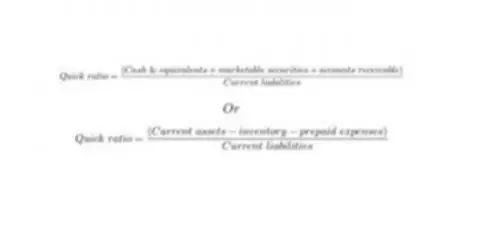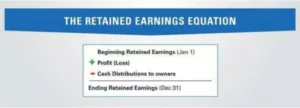Content

Account balance refers to the balance in a person’s financial repository, such as a savings or checking account, at a specific period. Below is a basic example of a debit and credit journal entry within a general ledger. normal balance of accounts Debits and credits are traditionally distinguished by writing the transfer amounts in separate columns of an account book. The use of separate columns simplifies calculation of the balance for the account.

The invoice is the source document evidencing the completed work for which payment is now due. Therefore, Accounts Receivable is to be increased and Revenues must be increased . When her client pays, the resulting bank deposit receipt will provide evidence for an entry to debit Cash and credit Accounts Receivable .
Services
Had a total of $1,288,500,000 in stored value card liability. B. Explain why you debited and credited the accounts you did. Let’s look at one of the journal entries from Printing Plus and fill in the corresponding ledgers. This similarity extends to other retailers, from clothing stores to sporting goods to hardware.
What is the balance of an account called?
An account balance represents the available funds, or current account value, of a particular financial account, such as a checking, savings, or investment account. Financial institutions make available the current value of account balances on paper statements as well as through online resources.
This is posted to the Equipment T-account on the debit side. This is posted to the Accounts Payable T-account on the credit side. This is posted to the Common Stock T-account on the credit side .
Account Balance
The notes receivable allowance account is Allowance for Doubtful accounts. Notes receivable give the holder a stronger legal claim to assets than accounts receivable. The estimated bad debts represent the existing customer claims expected to become uncollectible in the future. Under the percentage of receivables basis, management establishes a percentage relationship between the amount of receivables and expected losses from uncollectible accounts. The credit balance in the allowance account will absorb the specific write-offs when they occur. Estimated uncollectibles are recorded as an increase to Bad Debts Expense and an increase to Allowance for Doubtful Accounts through an adjusting entry at the end of each period.
- The Profit and Loss Statement is an expansion of the Retained Earnings Account.
- After the accounts are arranged by age, the expected bad debt losses are determined by applying percentages, based on past experience, to the totals of each category.
- Since the company is now paying off the debt it owes, this will decrease Accounts Payable.
- A credit card is used to make a purchase by borrowing money.
Calculating a country’s current account balance will show if it has a deficit or a surplus. Does a surplus automatically mean that the economy is strong? The current account balance should theoretically be zero, which is impossible, so in reality, it will tell whether a country is in a surplus or deficit.
